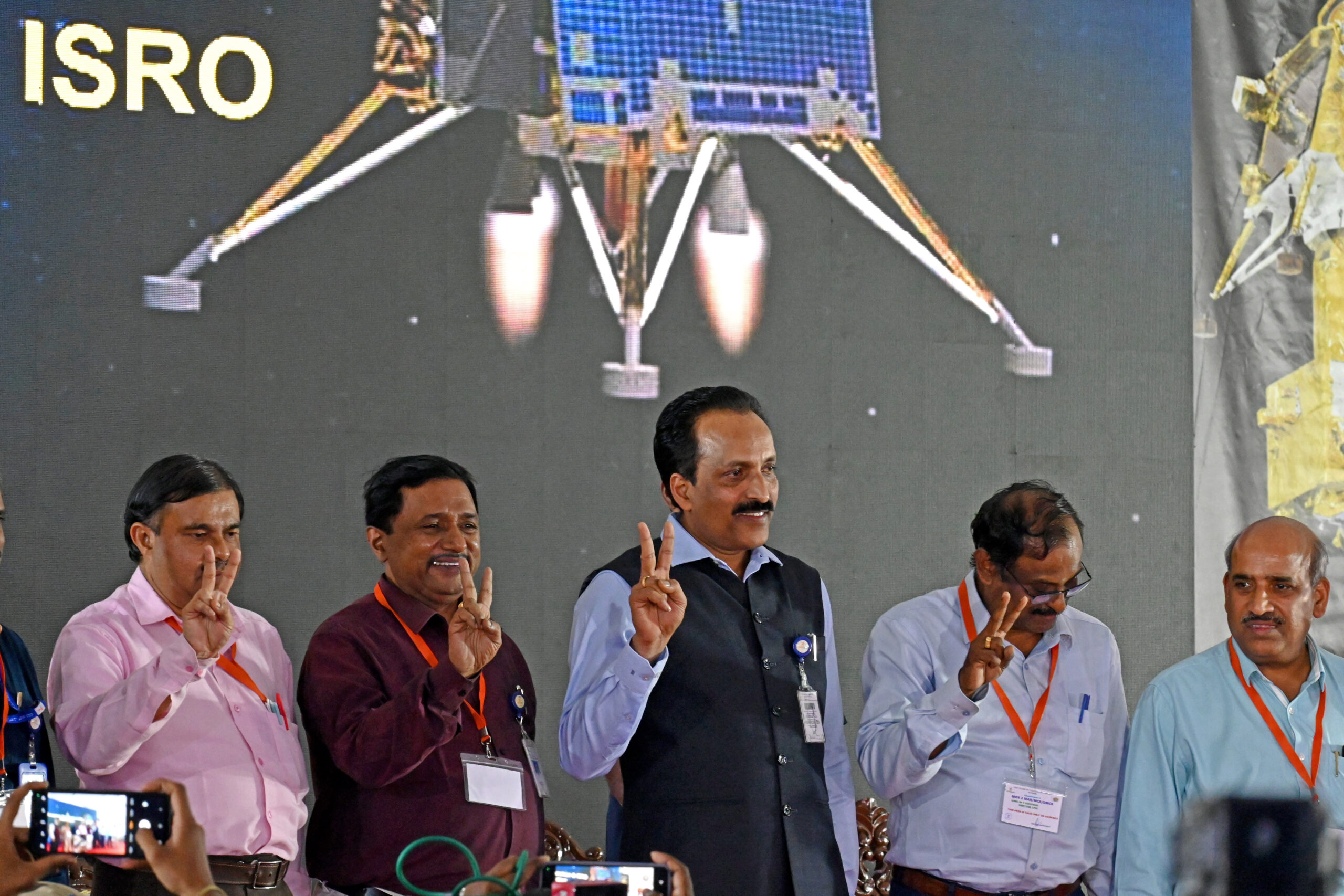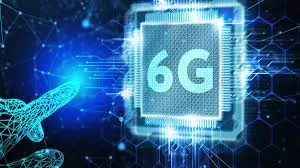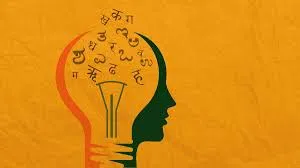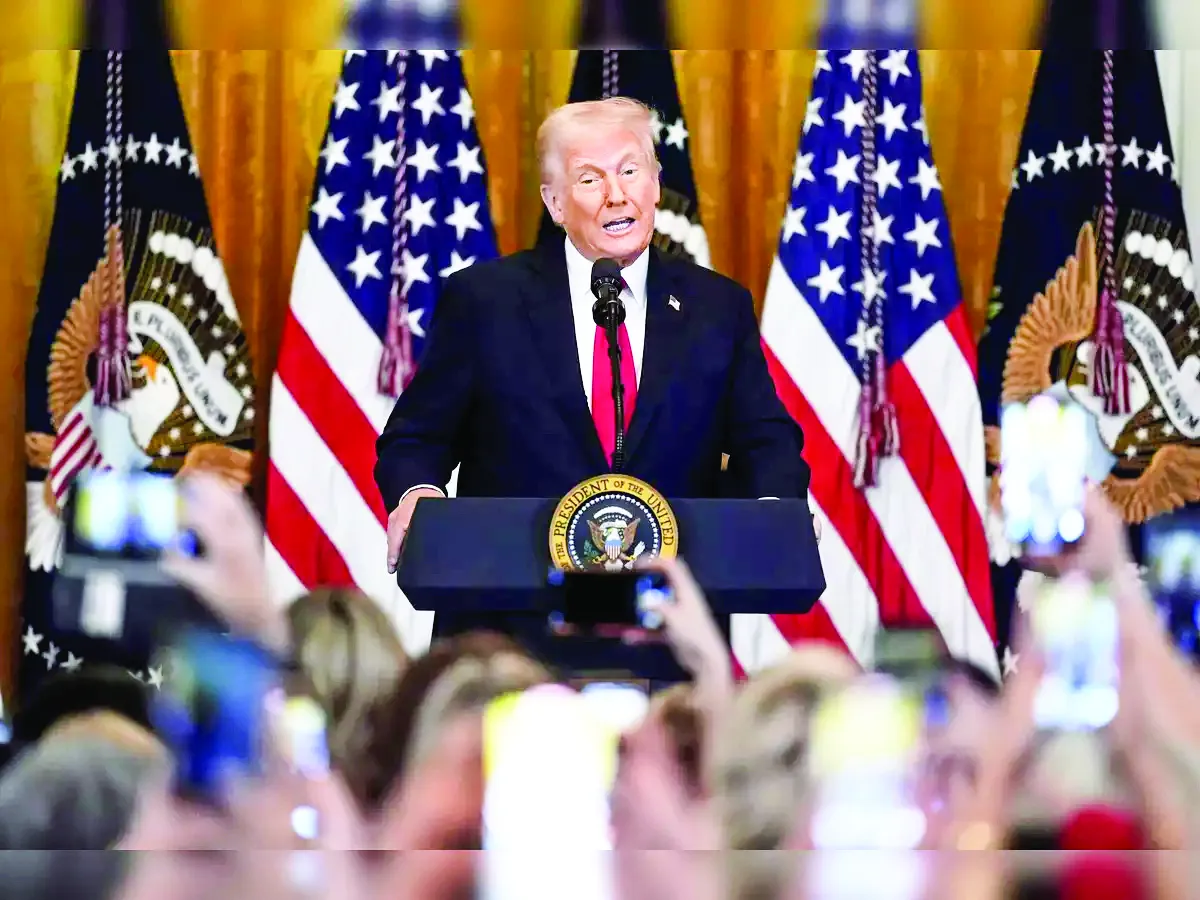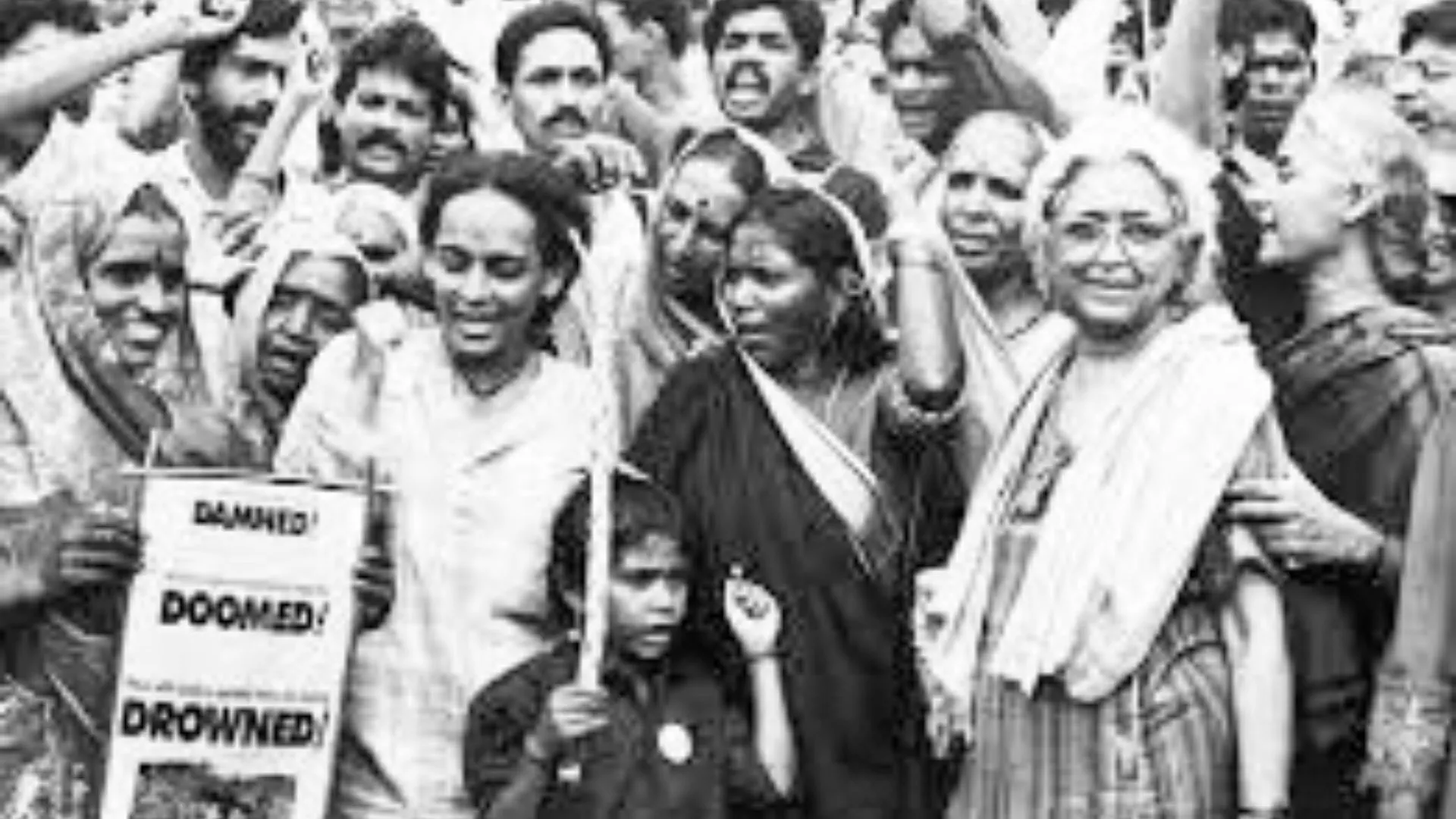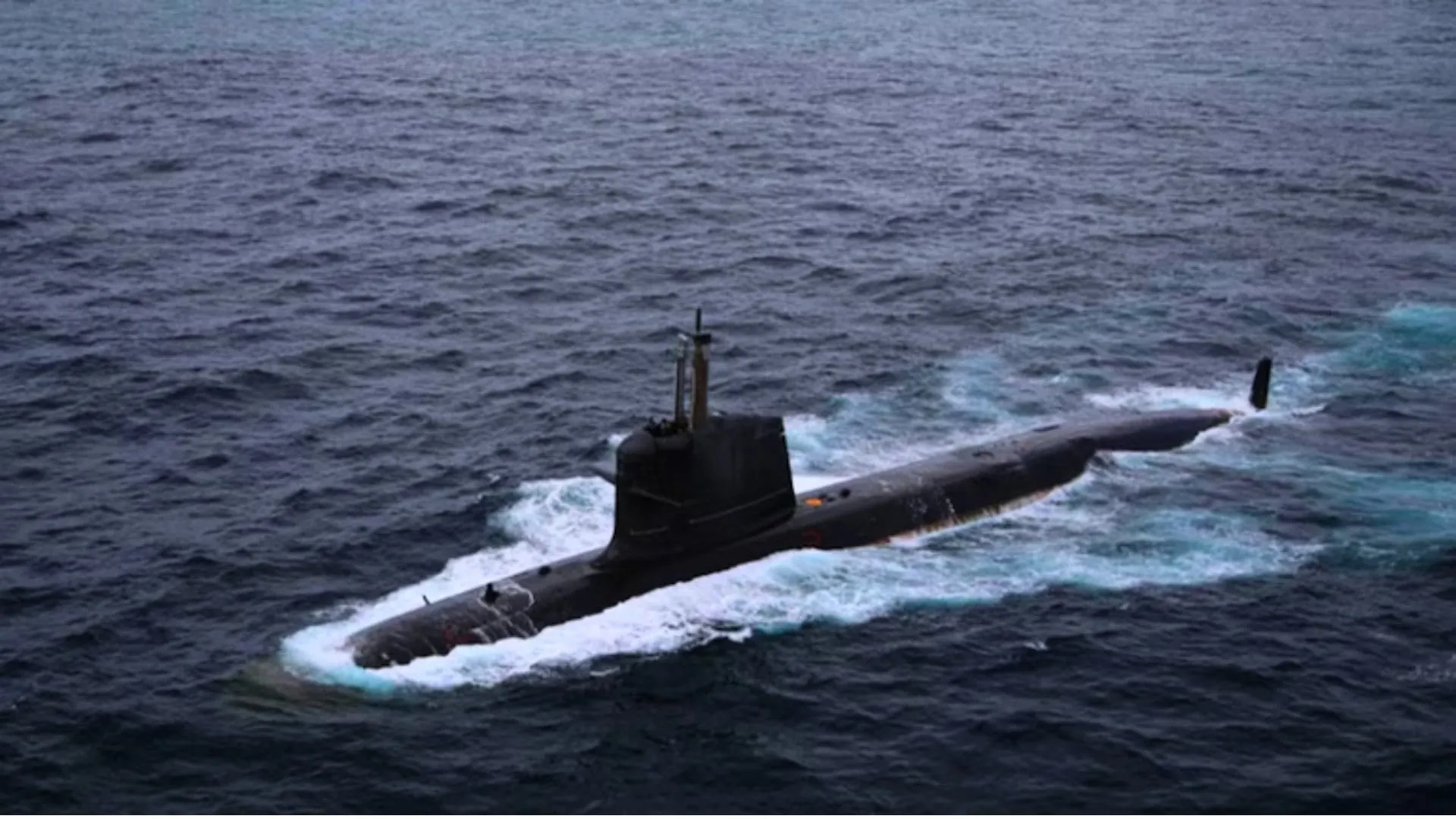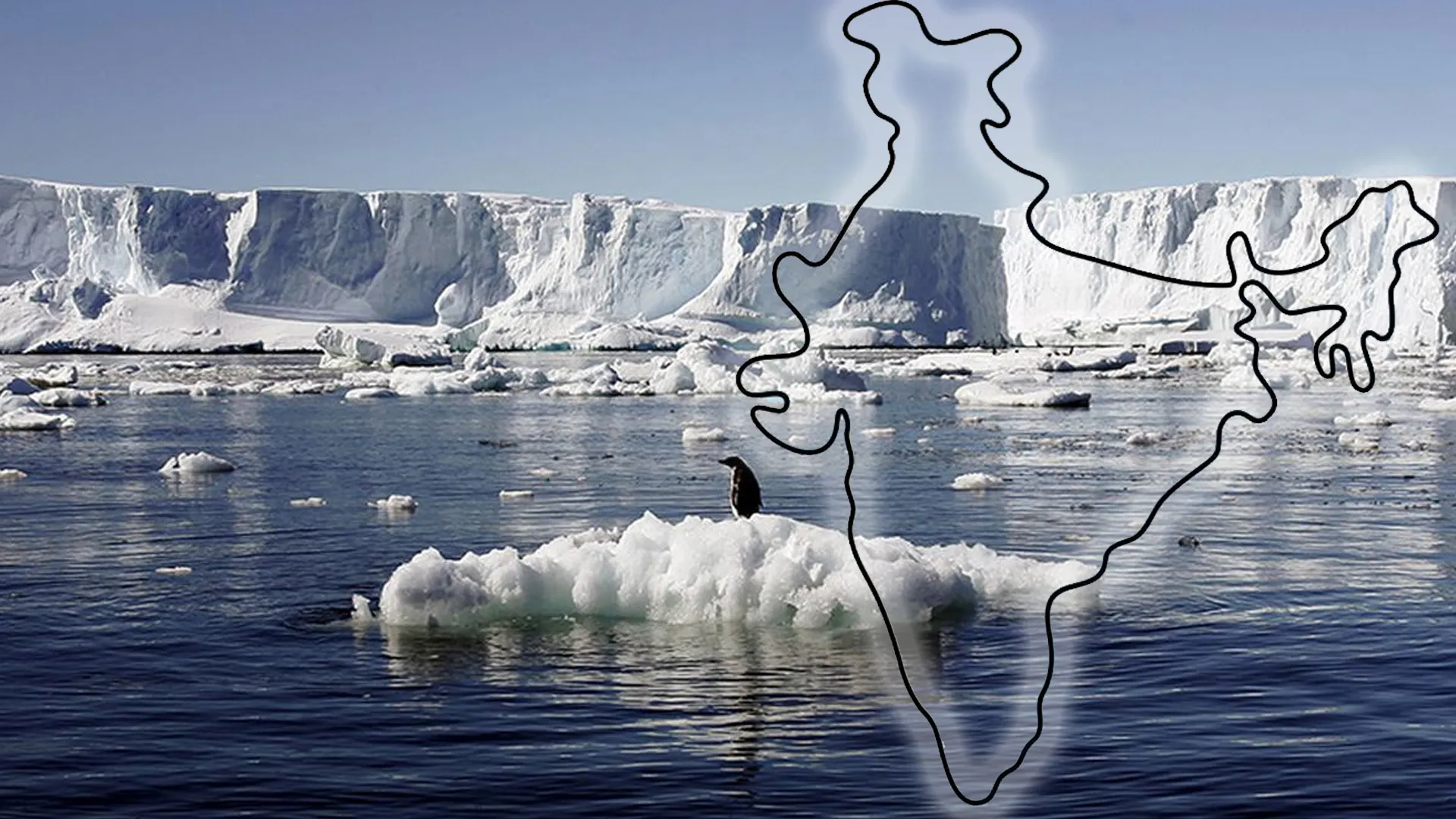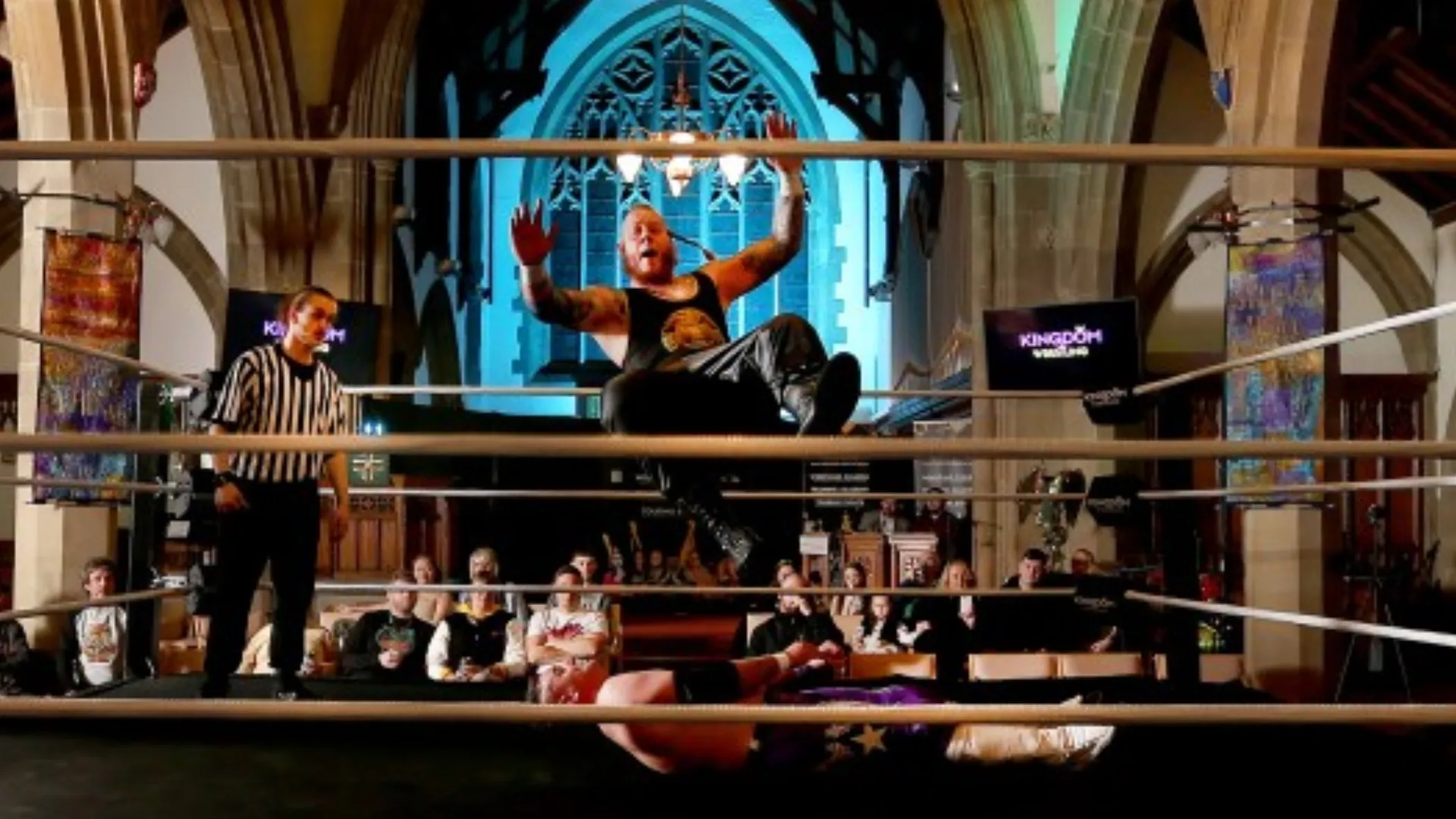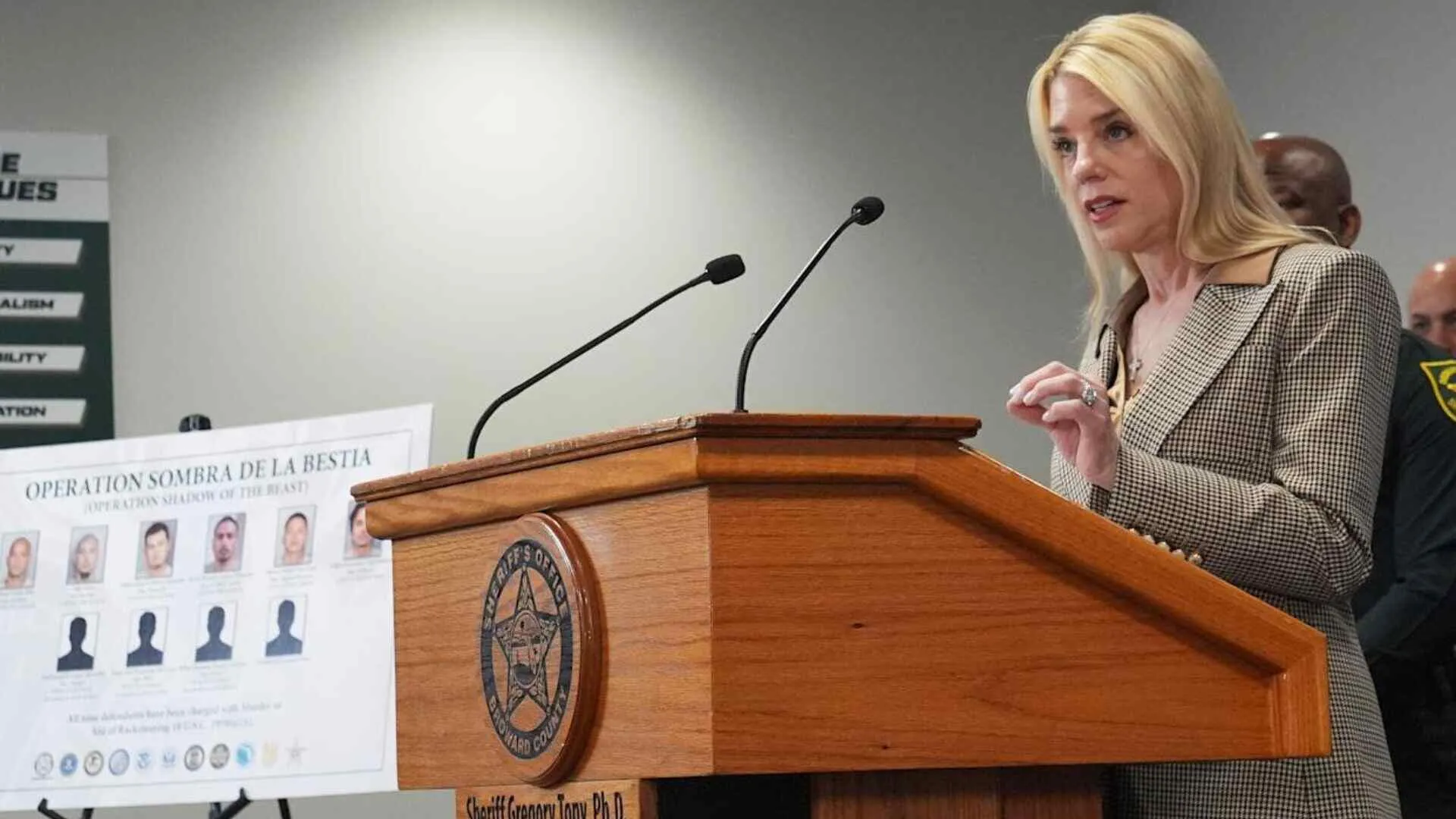India achieved the historic distinction on 23 August of being the first-ever country to land its mission on the South Pole of the moon as well as the fourth country in addition to the USA, Russia, and China to achieve a soft landing of the module of its spacecraft Chandrayaan-3 on the moon. The propulsion module, an Orbiter, carries the lander Vikram and rover Pragyaan configuration until the spacecraft is in a 100-kilometre lunar orbit.
The Lander has four throttle-able engines with thrust valve slew rate-changing capabilities. It is equipped with multiple complex software including a Laser Doppler Velocimeter (LDV) for securing three-dimensional measurements of altitude. The Lander is capable of precise targeting in the landing zone of 4 km. Rover Pragyaan is a six-wheeled design and is 26 kg in weight and dimensions of 917 millimeters x 750 millimeters and 397 millimeters which is capable of performing a task such as studying the composition of the lunar surface, including the presence of water as well as the evolution of the lunar surface and atmosphere within the range of 500 meters. The Alpha Particle X-Ray Spectrometer (APXS) linked with the rover will evaluate chemicals and infer the mineralogical composition of the lunar surface. In addition, the Laser-Induced Breakdown Spectroscope (LIBS) is expected to have a thorough study of lunar soil and rocks around the lunar landing site.
The quest for excellence in space begun with the creation of the Indian National Committee for Space Research (INCOSPAR) in 1962 by Prime Minister Nehru under the leadership of Dr Vikram Sarabhai which was subsequently re-designated as ISRO and placed under Space Commission and Department of Space in 1972. The first Indian mission satellite Aryabhatta was launched through a Soviet rocket under the Soviet inter-cosmos program. Later on, ISRO-developed satellite launch vehicles, ground stations, breaking networks, radar, and other communication systems. Rohini and Bhaskar, were other series of satellites in succession. In 1990, India got PSLV as a major achievement in the space program. Prime Minister Vajpayee conceptualized the concept of Chandrayaan in 2003 following China’s success in sending humans into space. Chandrayaan-1 was launched in 2008 having the first Indian probe reach the surface of the Moon. In 2013, India became the first Asian country to succeed in the Mars Orbiter mission.
In September 2019, the Chandrayaan-2 mission was almost successful until its lander had a crash landing, though main Chandrayaan-2 is still functional in the orbit of the moon and able to connect with Chandrayaan- 3.
The crewed orbital spacecraft Gaganyaan under the Indian human space flight program worth Rs 10,000 crore is in succession. An autonomous 5.3 metric ton capsule will be launched in 2025 on ISRO’s LVM 3 into the orbit of the earth at around 400 km altitude for up to 7 days with two or three-person crew on board. It will be preceded by the project Vyommitra, a female-looking robot to be part of the Gaganyaan mission to carry out multiple tasks rather than having animals on the board. India is likely to build a 20-long-ton space station as a follow-up program to Gaganyaan. This Space Station will be placed in a low Earth orbit at 400 km altitude and will be able to retain three humans for 15 to 20 days.
The Aditya L1 spacecraft will study the solar atmosphere while inserted into a hollow orbit around the L1point between the Earth and the Sun. This mission will take around 19 Earth days to reach the Orbit around the L1 point which is approximately 15 lakh kilometers from the Earth.
The Indian space program has been supported by France to a great extent especially in launching India’s heavy payload satellite and developing its own launching vehicles. Russia has deeply engaged in the development of a cryogenic engine despite pressure from the United States and Russia has also supported Chandrayaan-1 and -2. Later on, Israel and India developed advanced imaging and reconnaissance satellite and other day night and all-weather radar imaging systems. After the 2005 US-India Civil nuclear agreement, the US space agency NASA is now an important partner in the space program of India by getting India into the global export control regimes as well as facilitating India’s all space research and satellite launching program.
The major security and space competition and concern to India is from the active engagement of China and the growing space cooperation between Russia and China. The government has realized the necessity and, accordingly, the first integrated space sale was established within the headquarters of integrated defence staff in 2008 This was intended to create synergy between the Department of Space, ISRO, Ministry of Defence, Science and Technology.
The present government under Prime Minister Narendra Modi has transformed and tuned the space program with the national security perspective, knitting private partners along with ISRO, so as to boost and streamline India’s space missions as a leading step. Larsen and Toubro has engaged with India’s polar satellite launch vehicle program, Walchandnagar Industries, and Tata Aerospace entrusted to develop satellite communication Remote Sensing laser devices for the space program. The new national doctrine on space and satellites is intended to have a cohesive and deeply integrated policy to meet present and futuristic challenges in the field of space in the next 30 years. China’s Shenzhou-13 human space mission is major security concern for India. China has established a core module called Tianhe in low Earth orbit as a permanent Space Station for Chinese astronauts to arrive safely and settle into this module. Shenzhou-13 was able to maintain logistic chain of space infrastructure as well as likely to build up capacities for larger space stations, including the capability of reusability of the spacecraft. China’s growing capability to test nuclear-capable hypersonic missiles which circle the globe in lower Earth is a big threat, as India has yet to develop and create the facilities of the Space Station and the reusability of space aircraft.
Future development in missile and satellite-guided weapons will be based on reusability, including the re-entry of the space-guided system into orbit. India’s claim on possible exploration of assets and habitation on the Moon and planets like Mars and Venus, as well as the most significant aspect of generating very high-intensity energy systems directly through the sun in space, needs to be kept under consideration. The safety of satellites and other space missions is equally important. Though the mission Gaganyaan and Aditya are taking steps in the correct direction, India is still far behind China and the US in this regard.
The US is reluctant to ink a well-balanced treaty on the future use of space and to impose an absolute ban on the military use of space assets and the terms of equality among all stakeholders. Hence, India will face threats not only from China but US may also attempt to contain Indian interests. To attain excellence in space technology and its integrated application in terms of scientific navigation, communication, commercial and military perspective is the order of the future and India has to achieve it at the earliest. Therefore, India has to accelerate its space mission to counterbalance Chinese efforts to become a leader in space collaboration, space power projection, technology, and exploration of space in the future.
Major General J.K.S. Parihar, Sena Medal, Bar to Vishisht Seva Medal (Retd.), is former Additional Director General, AFMS and an expert on
defence and international
strategic affairs.

